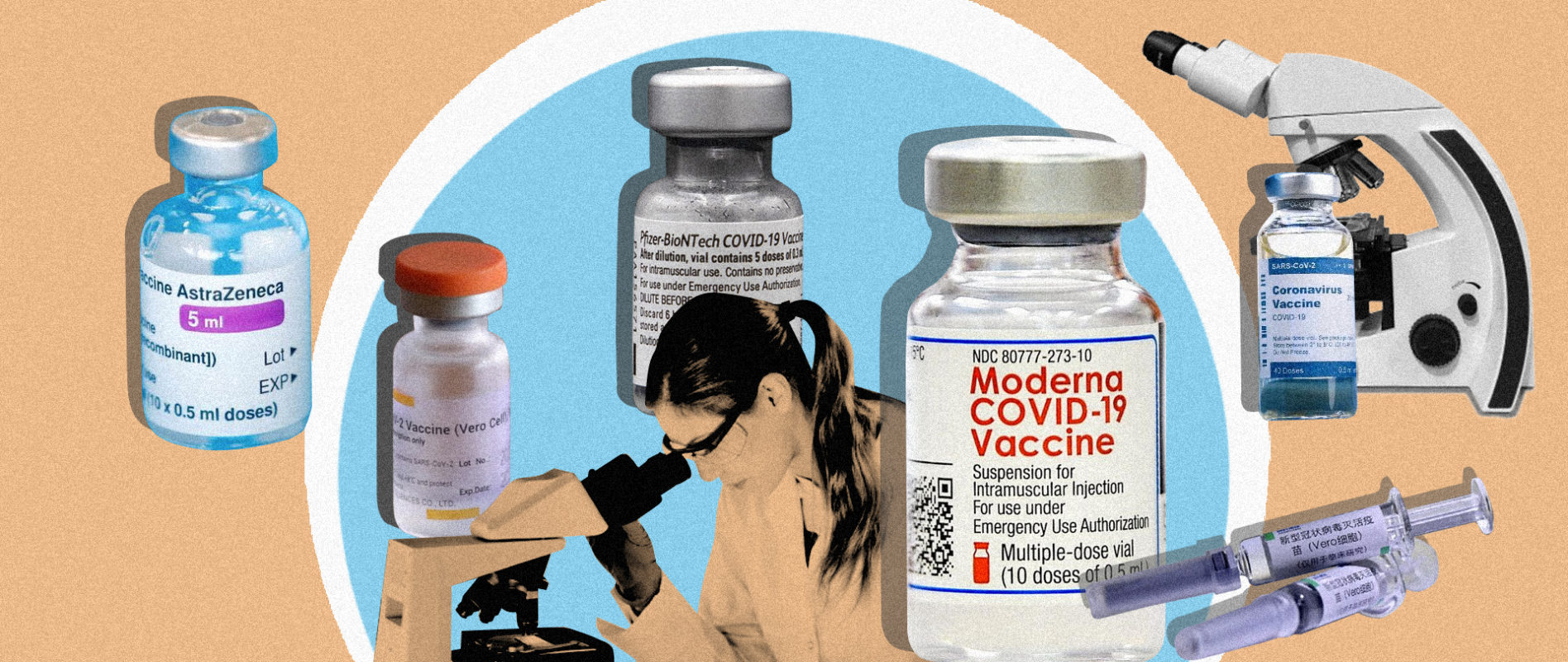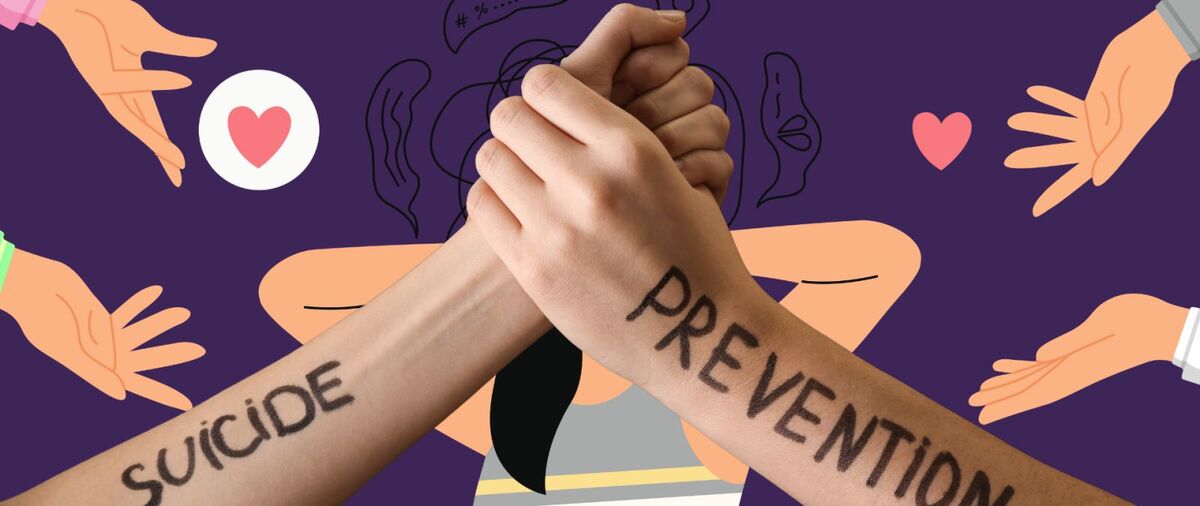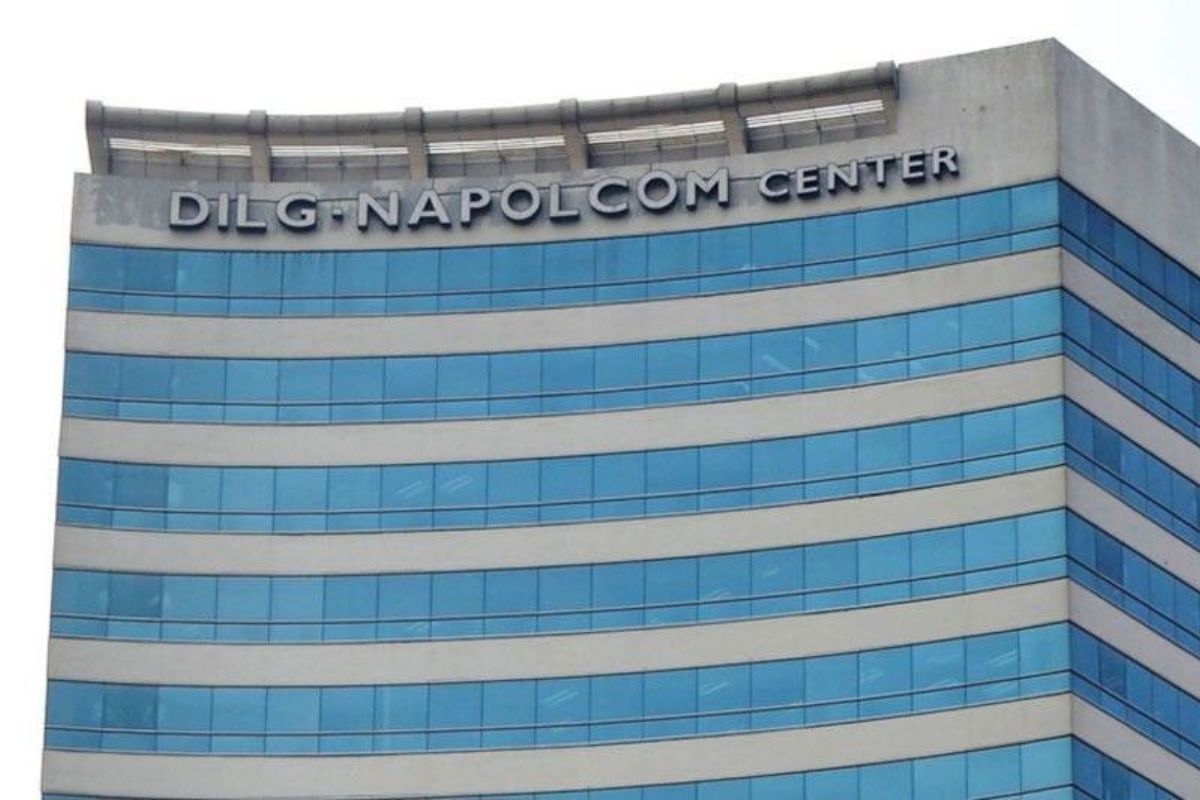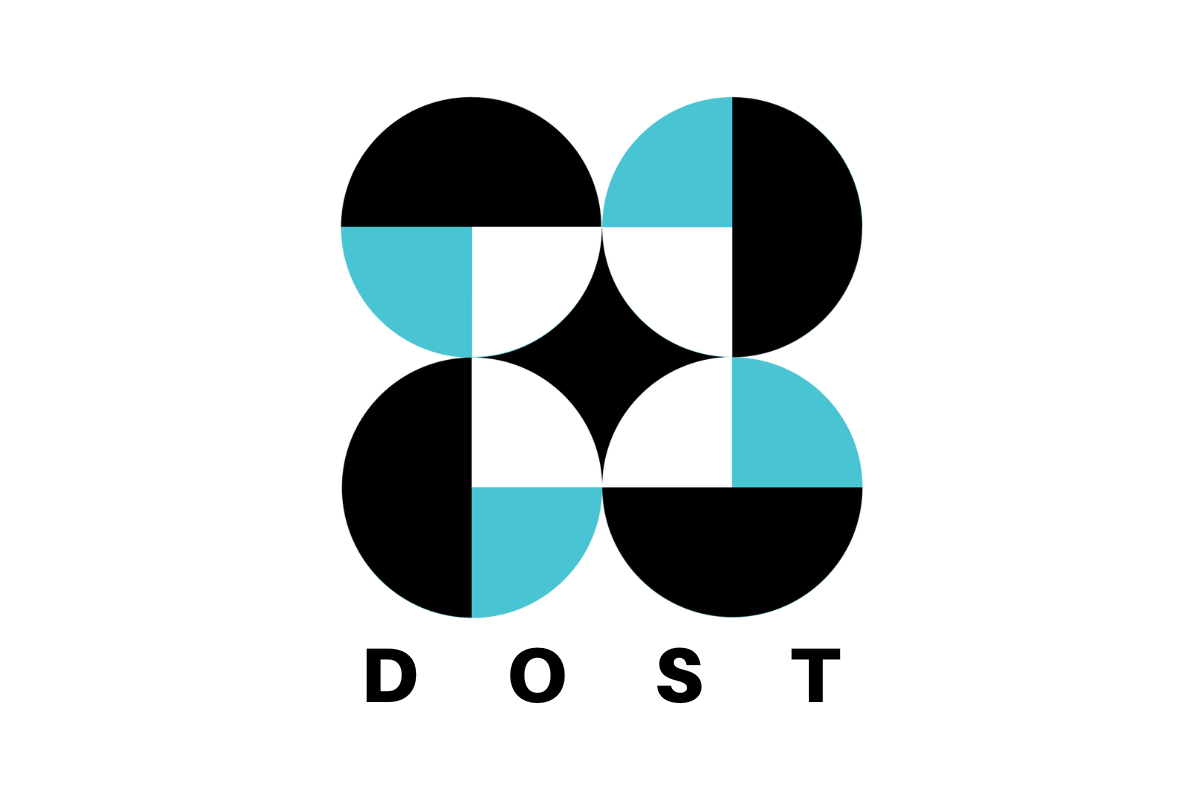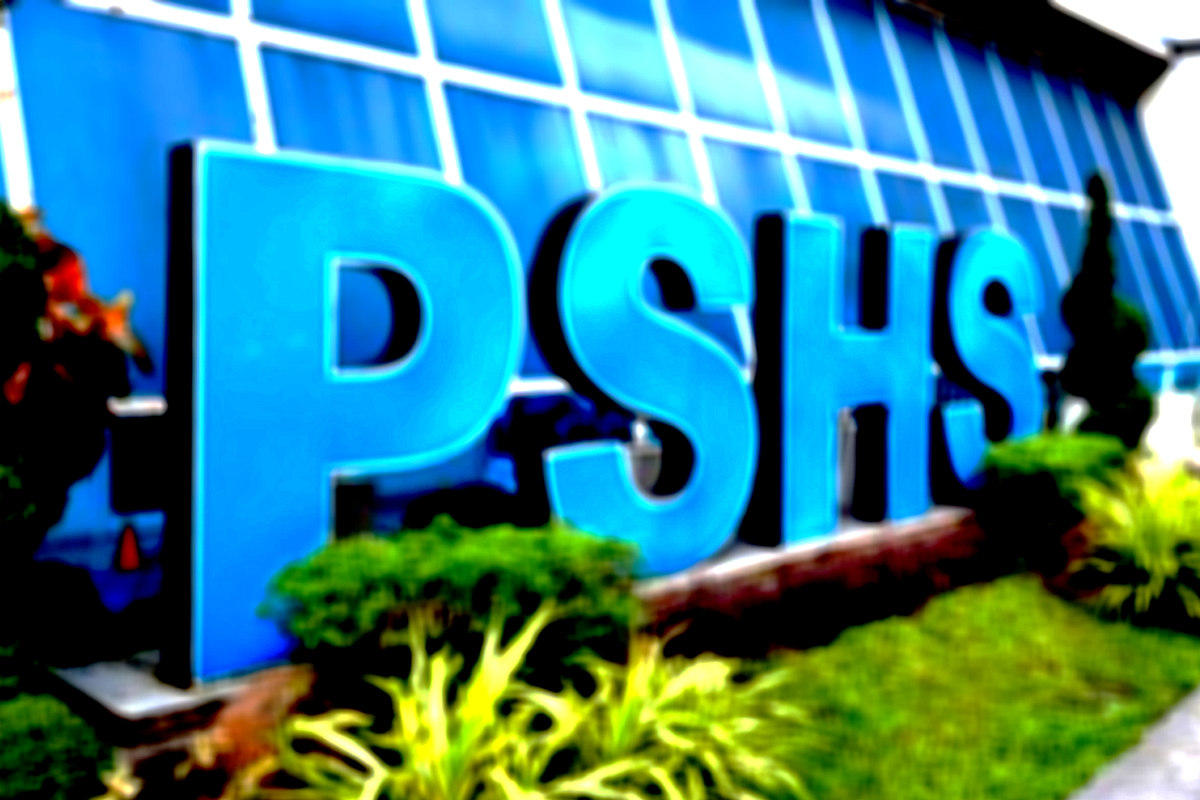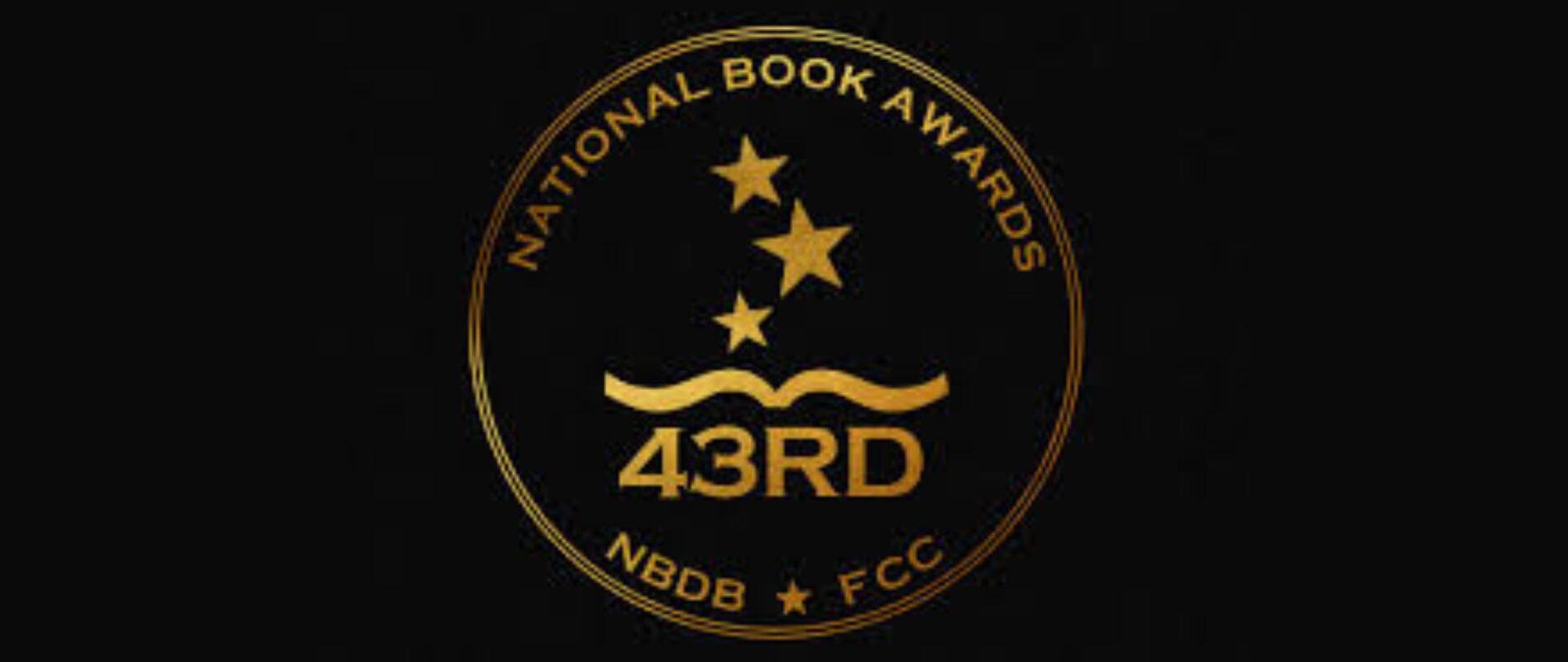A GUIDE ON COVID-19 VACCINES: ‘WHAT, WHERE, AND WHEN’ QUESTIONS AND WHAT WE KNOW SO FAR
People around the world have been waiting for the vaccine that could finally put an end to the COVID-19 pandemic. But which vaccines, exactly, are available for public use around the world? Did they pass clinical trials? When will they officially roll out? Read up as we answer these questions below.
If there is one thing everybody waited for amid the COVID-19 pandemic, it is the vaccine that could finally put an end to what probably is the world’s most challenging problem in the modern age.
Vaccines are very effective in protecting our bodies from the wrath of the virus, as, according to the Department of Health (DOH) vaccines help prevent viruses by mimicking the virus or bacteria that causes disease and triggers the body’s creation of antibodies. “These antibodies will provide protection once a person is infected with the actual disease-causing virus or bacteria.”
Developing vaccines often take 10 to 15 years most especially if the virus is a new strain. But the imminent threats of COVID-19 to people’s health and welfare forced scientists and medical professionals to put unprecedented measures in place.
So, which vaccines against COVID-19 are available?
As of this writing, there are already six drugs that were developed for public use. These are BioNTech-Pfizer, Sputnik V, Moderna, Oxford-AstraZeneca, Sinopharm, and Sinovac.
BioNTech-Pfizer
The BioNTech-Pfizer is produced by German biotech firm BioNTech and US pharmaceutical giant Pfizer. The drug has already been approved for use in America, United Kingdom (UK), and Saudi Arabia.
Although the U.S. Food and Drug Administration (FDA) has not yet approved or licensed the vaccine, it has already been authorized for emergency use under an Emergency Use Authorization.
“While we have not seen any evidence that the circulating variants result in a loss of protection provided by our vaccine, we are taking multiple steps to act decisively and be ready in case a strain becomes resistant to the protection afforded by the vaccine. This booster study is critical to understanding the safety of a third dose and immunity against circulating strains,” said Albert Bourla, Chairman and Chief Executive Officer, Pfizer.
“At the same time, we are making the right investments and engaging in the appropriate conversations with regulators to help position us to potentially develop and seek authorization for an updated mRNA vaccine or booster if needed.”
Moderna
Like the BioNTech-Pfizer vaccine, the US FDA also granted the Moderna vaccine an Emergency Use Authorization. Both vaccines would require two doses, but the time the doses are administered is different. For people injected with BioNTech-Pfizer vaccine, there must be at least 21 days of rest time after the first dose.
Meanwhile, people who received the Moderna vaccine must wait 28 days.
Moderna earlier said that it has secured its vaccine in Cambridge, Massachusetts, where the firm is based. The firm said that it is aiming to produce at least 600 million doses this year, with a goal of producing as many as 1 billion doses in 2021.
Sputnik V
In August 2020, Russian President Vladimir Putin announced through a video conference that Russia is the first country in the world to develop a coronavirus vaccine.
Russian officials have named the vaccine “Sputnik V” after the Soviet-era satellite that was the first launched into space. Putin also announced that he is confident with the vaccine after one of his two adult daughters has already taken the shot. He added that the vaccine, which was developed by the Gamaleya National Research Center, has officially been registered with Russia’s Health Ministry.
Counties in Latin America and Europe are now securing batches of Sputnik, but the rollout in Russia itself has been slow, as people are reluctant to be injected.
Oxford-AstraZeneca
The vaccine was developed by the multinational pharmaceutical and biopharmaceutical company AstraZeneca together with the University of Oxford. As of this post, it is already being used in UK, India, and Argentina.
The developers expect to produce 3 billion more doses of their drug in 2021.
Sinopharm
Chinese state-owned company Sinopharm, on December 30, 2020, announced that its vaccine has only been able to surpass the third clinical trial for COVID-19. The phase three results of the vaccine showed that it was only 79% effective – lower than that of Pfizer and Moderna.
Despite this dip in effectivity, however, the United Arab Emirates approved the Beijing vaccine in December and has already received 3 million doses, according to China National Biotec Group. According to state-back news agency China Daily, the production of the vaccine is expected to reach one billion doses by the end of 2021.
Sinovac
The Sinopharm vaccine is also produced by Beijing-based biopharmaceuticals. The drug has yet to pass the final stages of clinical trials but it is already in public use. In an interview with CGTN, Sinovac Chairperson and CEO Yin Weidong said that the newly built production facility in Beijing can produce an estimated 300 million doses a year.
On February 28, 2021, the first 600,000 doses of Sinovac’s vaccine donated by the Chinese government arrived in the Philippines.

